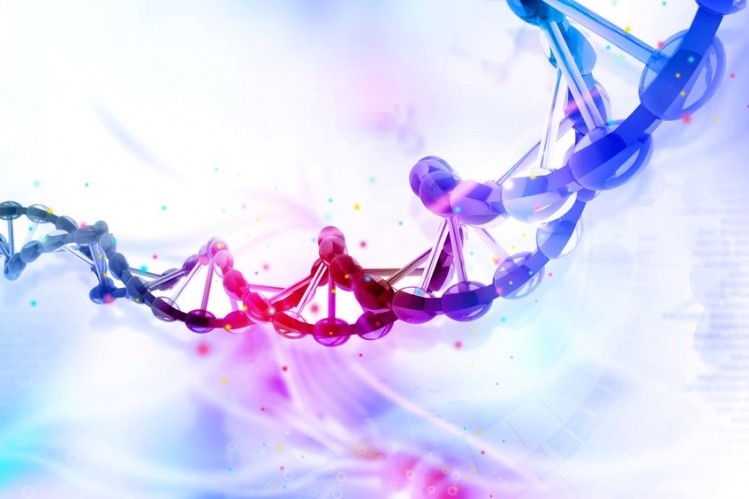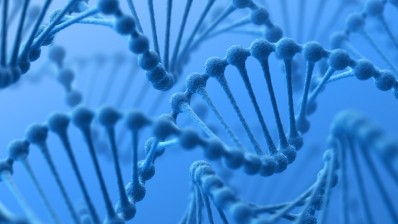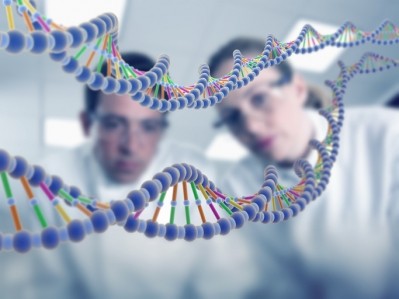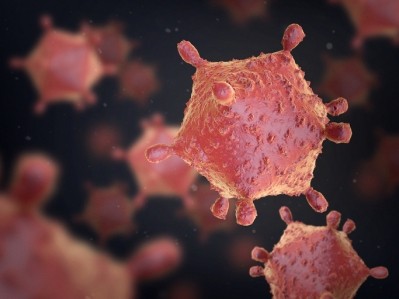Replicating DNA structures is key to faster gene therapy vector manufacturing says Touchlight

Touchlight teamed with Cobra Biologics this week, explaining that the idea is to make gene therapy vectors faster to produce to allow developers to move promising candidates into trials sooner.
Cobra CSO Dan Smith told us the project will “combine Cobra's Plasmid DNA service offering and experience with Touchlight’s 'doggybone DNA' technology to deliver a rapid and cost effective route to generate critical DNA starting material for the production of viral vectors for gene therapy products.”
Doggybone DNA
This was echoed by Touchlight spokeswoman Sarah Milsom, who told us the firm’s in vitro dual enzyme process amplifies a circular template to produce DNA at commercial scale and quality.
“The first enzyme used is Phi29, which amplifies the DNA, generating and displacing long concatamers of DNA by rolling off the circular template. A protelomerase is then used to cleave and ligate the ends of the linear fragments containing the DNA sequences of interest.”
The product of Touchlight’s process is a closed linear construct known as a doggybone or dbDNA. This material can be fed back into the process as the starting material for further amplification.
Milsom told us in the Cobra collaboration “dbDNA encoding the components required for viral vector production will be transfected into cells to produce virus, replacing the plasmids which are traditionally used in this process."
Secondary structures
The approach has a number of advantages Milsom said, explaining that: “The process is very high yield whilst having a small footprint and no fixed equipment. It is a directly scalable process amenable to a closed automated system."
She added that: “From a regulatory perspective, the acellular nature of the technology benefits from having no antibiotic resistance genes or bacterial sequences and very high purity.
“However,” Milsom added “the most important benefit in terms of manufacturing virus is that our process can easily amplify the complicated secondary structures present in virus DNA (ITRs) that are otherwise very difficult to produce with the necessary fidelity.”

















